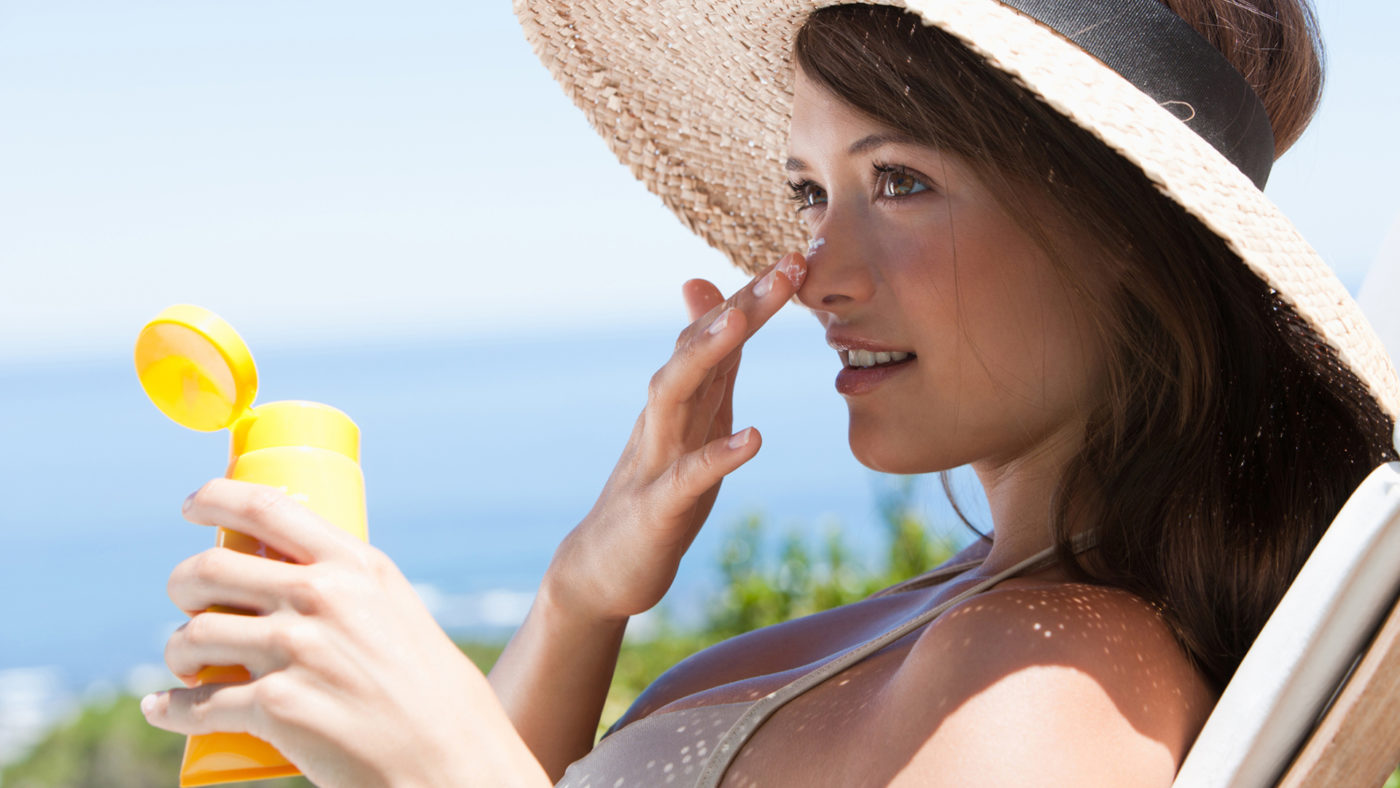HEALTH BLOGS BY FITBYNET
Sunscreen types & work mechanism!
Do you really need a sunscreen? If yes, which type of sunscreens suits best for your skin? Our skin is more susceptible to sun’s harmful UV rays. When our skin is exposed to sun’s rays, they can easily penetrate into deeper layers of our skin. So, we need to take utmost care from the sun’s UV rays not just in summer but all year round because the sun is not only visible in summers.
Sunscreen doesn’t let the skin to absorb these harmful rays and instead reflects them back from the skin.
But here comes the biggest question – How to choose the best sunscreen? because there are so many types of sunscreens available in the markets from cream to gel based. Which type of sunscreens suits your skin? So, it takes a lot of patience and time to pick the best sunscreen from all the various types of sunscreens.
What are UV rays?
Ultraviolet (UV) radiation is a type of energy produced by the sun and some artificial sources, such as solariums.
The sun’s ultraviolet (UV) radiation is the main cause of skin cancer. UV damage also causes sunburn, tanning, premature ageing and eye damage.
UV radiation isn’t like the sun’s light or heat, which we can see and feel. Your senses cannot detect UV radiation, so you won’t notice the damage until it has been done.
What is sunscreen or chemical sunscreen?
When the UV rays hit the surface of the earth, our skin becomes more susceptible to those UV rays. They get penetrated into layers of skin and cause damage. If sunscreen is applied to the surface layer of the skin then sunscreen absorbs all the rays and reflects them back.
What does SPF means in sunscreen?
SPF, or Sun Protection Factor,is a measure of how well a sunscreen will protect skin from UVB rays, the kind of radiation that causes sunburn, damages skin, and can contribute to skin cancer.
- If your skin would normally burn after 10 minutes in the sun, applying an SPF 15 sunscreen would allow you to stay in the sun without burning for approximately 150 minutes (a factor of 15 times longer). This is a rough estimate that depends on skin type, intensity of sunlight and amount of sunscreen used. SPF is actually a measure of protection from amount of UVB exposure and it is not meant to help you determine duration of exposure.
- For best protection, experts recommend using a minimum SPF sunscreen of 15, applying the proper amount (2mg/cm2 of skin, or about one ounce for full body coverage), and reapplying every 2 hours.
- Most people under-apply sunscreens, using ¼ to ½ the amount required. Using half the required amount of sunscreen only provides the square root of the SPF. So, a half application of an SPF 30 sunscreen only provides an effective SPF of 5.5!
The SPF (Sun Protection Factor) scale is not linear:
- SPF 15 blocks 93% of UVB rays
- SPF 30 blocks 97% of UVB rays
- SPF 50 blocks 98% of UVB rays
It’s complicated, but to keep it simple, most dermatologists recommend using a SPF 15 or SPF 30 sunscreen.

